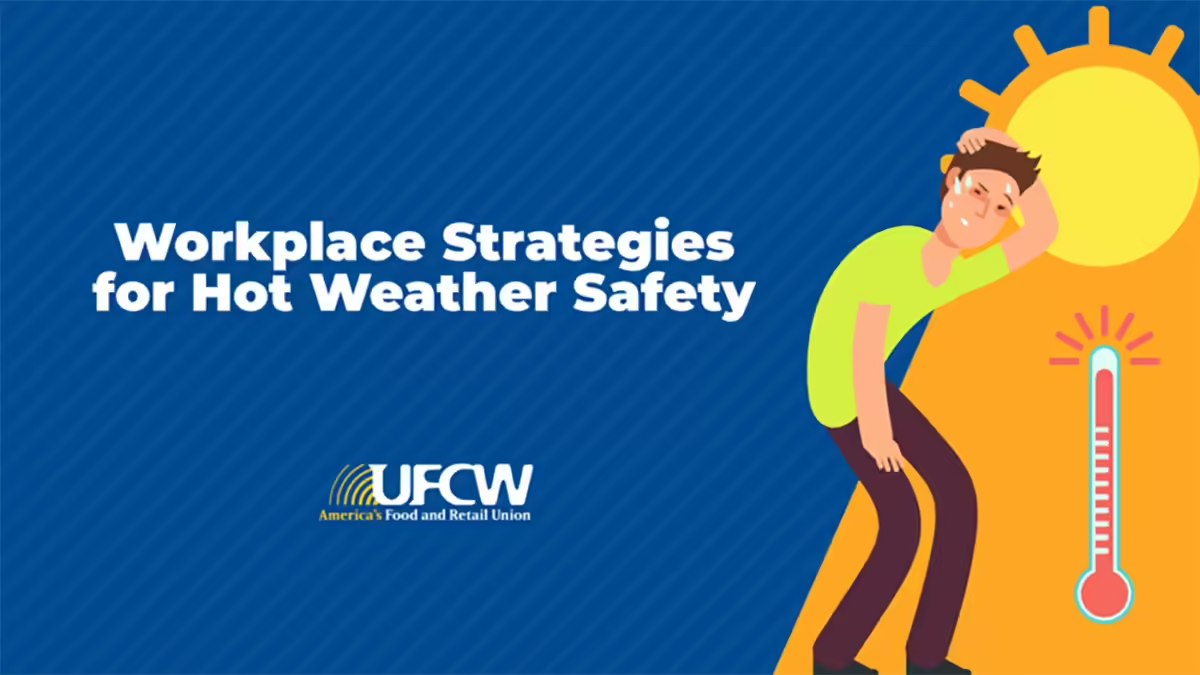- 3120 Fire Road, Suite 201 Egg Harbor Township, NJ 08234
- 888-564-6152
With summer nearly here and temperatures rising, many workers face additional heat-related risks. If you are one of these many hard-working men and women, you deserve to know you’ll be safe when you go to work!
Here are some strategies to stay safe in excessive heat.
1. Employers should offer training on recognizing a heat-related medical emergency.
Employers should train all management and hourly employees with an emphasis on recognizing a medical emergency (heat stroke).
Heat exhaustion is a condition that happens when your body overheats.
Heat Exhaustion symptoms include:
- Heavy sweating
- Exhaustion, weakness
- Fainting/Lightheadedness
- Paleness
- Headache
- Clumsiness, dizziness
- Nausea or vomiting
- Irritability
At the first sign of heat exhaustion, it is important to take the following steps to cool your body: move to a cooler area, use cold compresses, loosen clothing, and sip cool water. Always monitor your symptoms as you cool. Sometimes heat exhaustion can lead to heat stroke, which is a serious medical emergency and must be treated immediately.
Heat Stroke symptoms include:
- Any symptoms of heat exhaustion — but more severe
- Sweating may or may not be present
- Red or flushed, hot, dry skin
- Confusion/bizarre behavior
- Convulsions before or during cooling
- Collapse
- Panting/rapid breathing
- Rapid, weak pulse
2. Employers should have a clearly written protocol on how to respond to a medical emergency.
The protocol for all shifts should include information about who is authorized to call an ambulance, how to call for an ambulance, and what to do while waiting for emergency medical care.
This protocol should be translated into the commonly spoken languages in the facility and posted throughout the workplace.
3. Employers should ensure that workers have access to drinking water as needed and the right to access bathrooms as needed.
This is important because some workers hold back on drinking water so that they can put off using the restroom. This is never a good idea and can have serious consequences during hot weather!
4. Employers should monitor particularly hot and humid work areas.
Especially hot areas should be monitored with a device that measures both heat and humidity and combines these measurements to provide the Heat Index.
Employers should have a plan for additional rest breaks or means of cooling the work area whenever the heat index approaches the Extreme Caution zone.
Table Source: OSHA
5. Employers should give new workers time to acclimate to working in high-heat areas.
During their first two weeks, new workers should be monitored for signs of heat illness and provided extra breaks until they have adjusted to the heat.
If you are concerned about your hot weather working conditions, we encourage you to contact your Union Representative immediately. Stay safe and hydrated!





